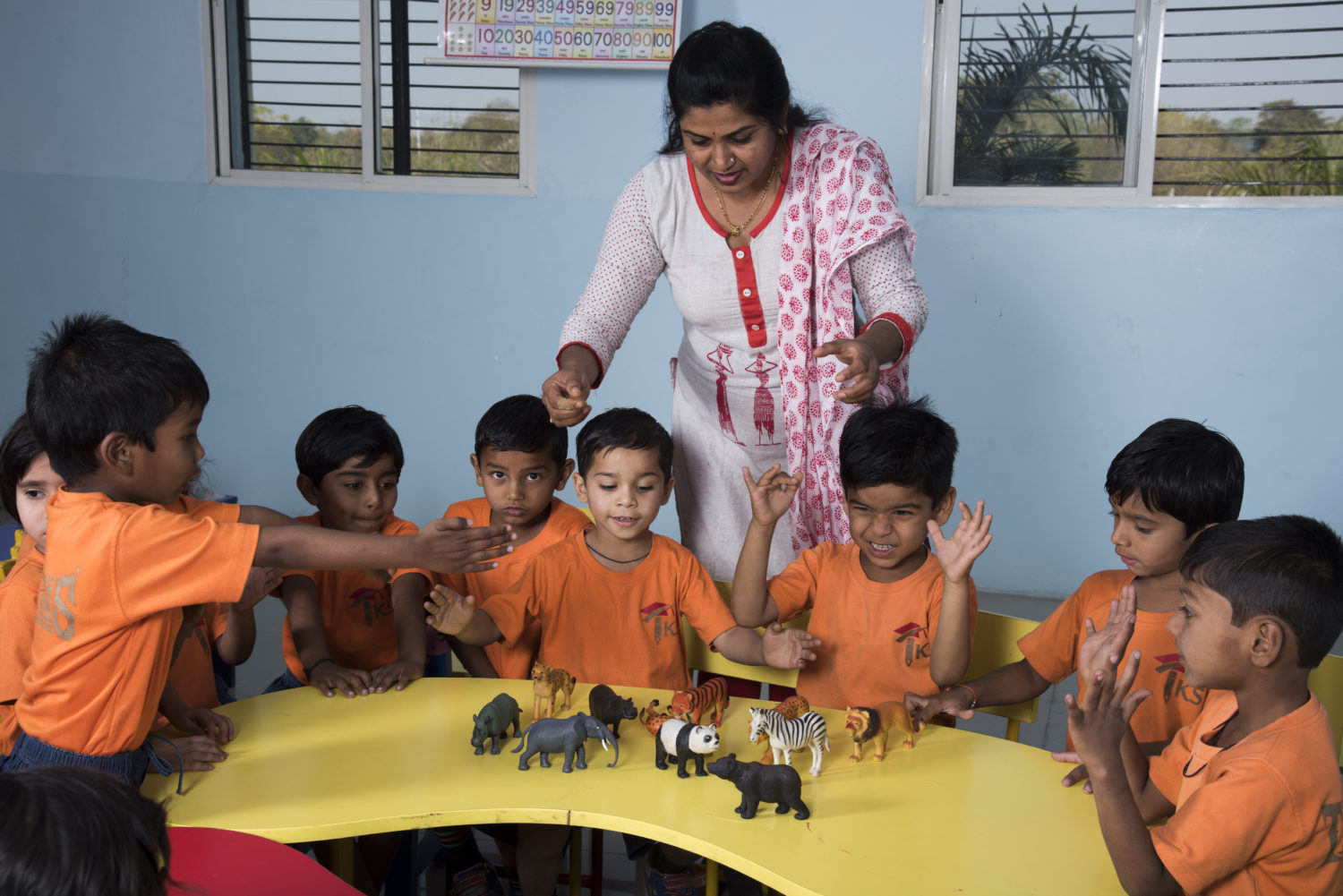
How to Embrace student diversity in schools
Raghav said with a sad face, “I don’t want to go to school. Everyone does the English worksheets in time, but I always get stuck. When I asked Nitika for help today, she laughed at me.”
In a strikingly different example, Vidushi had once shared that she does not want to go to school because she gets bored. She solves the math problems much quicker than others and then she has nothing to do.
Schools often struggle with these problems with diversity among children, who come from different learning abilities, cultural backgrounds, skills, and interests. If used to advantage, making children comfortable with diversity can improve their interpersonal skills, collaborative skills, self-confidence and respect for each other, by understanding that each person is unique and so are they.
How do schools create a meaningful learning experience for every child? How do they provide an inclusive and healthy environment for children grow in? Here are a few points that can help:
Understand and normalise diversity, but as a facilitator: The first step to embracing diversity in a class is to understand the diversity that exists. It will be useful for the teacher to first get to know the students herself and then guide students into knowing each other better. For example, at the beginning of the new academic year, many teachers encourage students to introduce themselves. As children listen to each other, the teacher should highlight a few evident differences, especially cultural and social, and talk about how these differences make people unique.
Encourage heterogeneous group activities: By design, schools should ensure that sections of a grade are formed with children of mixed abilities. In the classrooms, teachers can form groups of children with different abilities or perspectives to make projects, presentations or perform learning activities. However, teachers must take care to assign roles in these groups so a child who learns slowly doesn’t feel alienated and a fast learner understands support and mentorship. It also helps with role reversal in the natural tendencies of students to take the leader and follower roles in a group.
Organise inclusive events in school: It is very easy for students to categorise themselves and their peers as those who are good at scoring marks, or are good sportspeople, or are good at the arts and so on. At a young age, children are not aware of their capabilities and must be nudged to explore new avenues. Quite often, only a handful of children get to perform on stage or be the face of the class. Try and break this trend.
Use different learning tools: There are many students who learn very well by reading and listening in class. However, there are many who understand better in the audio-visual mode, or by experiencing concepts with experiments. Mixing and matching learning tools in class like books, songs, videos, experiments, field trips or independent internet research will engage everyone and will improve the average learning abilities of the entire class.
XSEED lesson plans have differentiation tips. When carefully used, they allow teachers to mold the classroom instructions at various levels- struggling to advanced or approaching to exceeding. Thus, it makes sure that no child is left behind or under-engaged.




